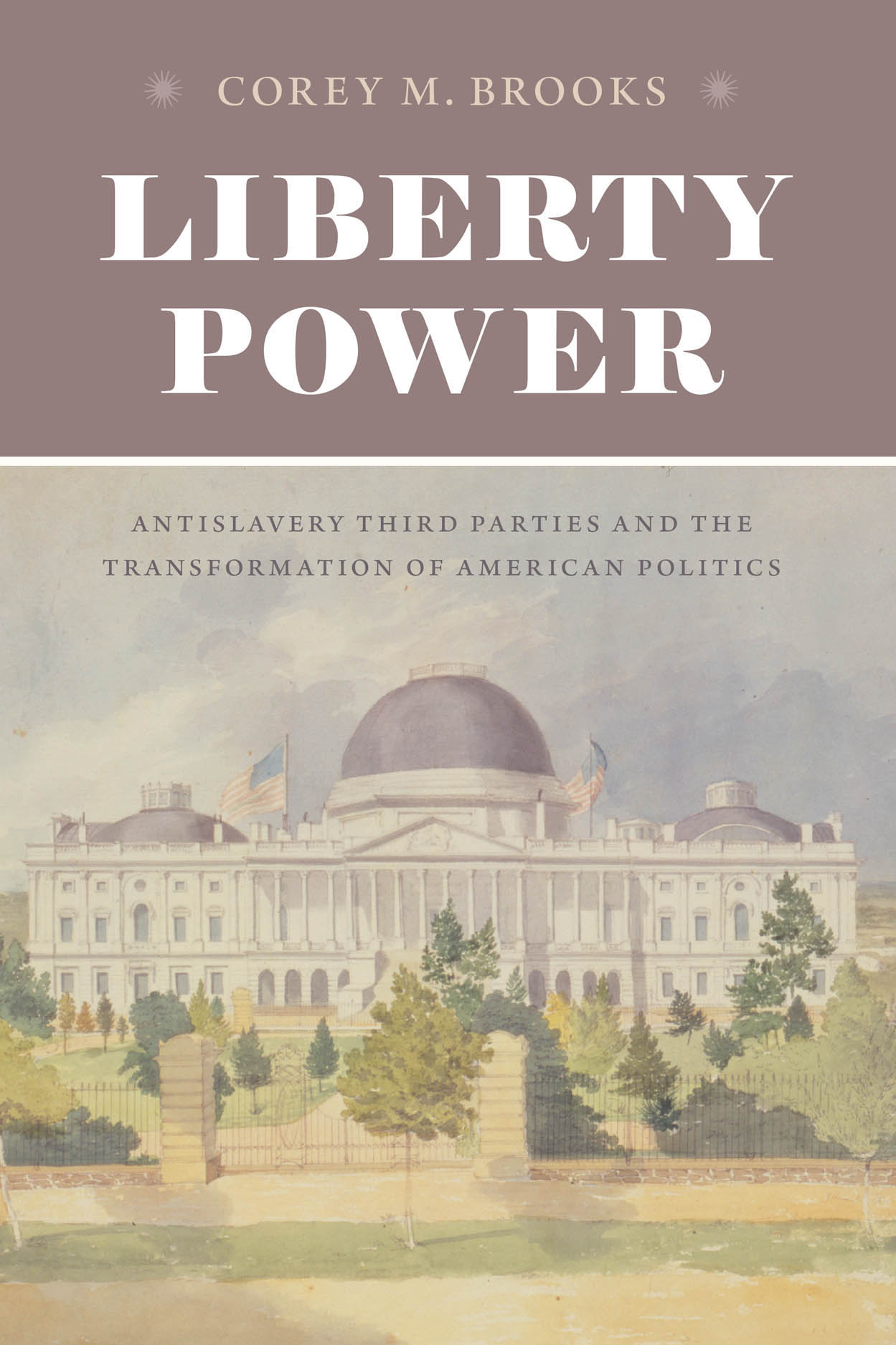Richard Hofstadter once compared American third parties to bees that die as soon as they sting. But many historians have implied that the abolitionist Liberty Party died even before it stung. Founded in 1840, the Liberty Party’s candidate for president, James G. Birney, won only 7,000 votes that year, and its proportion of the presidential vote in 1844—the last year it fielded a nominee—was similarly minuscule. Even critics of the Liberty Party would concede that these returns say less about abolitionists’ failures than about the overweening strength of the Whig and Democratic parties. Historians of other radical groups like the Garrisonians have often scorned abolitionists who attempted to win election as compromisers. And with the exception of a few scholars like Richard H. Sewell and, more recently, James Oakes, historians of the Free Soil and Republican parties have traced their rise not to the simon-pure abolitionist commitments of the Liberty Party, but instead to less elevated concerns over white Northerners’ civil liberties or the territorial expansion of slavery.
In Liberty Power, Brooks persuasively challenges these previously dismissive views of the accomplishments of abolitionist politicians like Joshua Giddings and Seth Gates, who once called the leading Whig, Henry Clay, as “rotten as a stagnant fish pond on the subject of slavery” (69). Together with their colleagues outside of Congress, who included former slaves like Henry Bibb and pugilistic journalists like Joshua Leavitt, political abolitionists were primarily responsible, Brooks argues, for the development and deployment of the “Slave Power” thesis that slaveholders had a disproportionate influence on the federal government—a thesis that some other historians have instead traced to Jacksonian anti-bank and anti-aristocratic rhetoric. Moreover, says Brooks, political abolitionists pioneered a coherent and politically innovative analysis of the ways that the two-party system built by Whigs and Democrats served the Slave Power. Far from making a compromising peace with the two major parties, their mission from the beginning was to explode the major cross-sectional parties and create a Northern party determined to defeat the Slave Power.
Among Brooks’s most original contributions is his focus on the House of Representatives as “the pivotal battleground” in this insurgent war against the Whigs and Democrats (13). Nineteenth-century activists did not have the same social media bullhorns available to outsider movements today, though they undoubtedly would have taken full advantage of hashtags and memes if such things had existed. (#FeelTheBirney? #NeverClay?) Abolitionists knew that Americans closely watched events in the House of Representative, and newspapers often reprinted lengthy excerpts of speeches and proceedings on the floor. Liberty Men therefore relied heavily on theatrical and “disruptive dilatory tactics” that agitated the House, embarrassed major party leaders, and—most importantly—made news (54).
